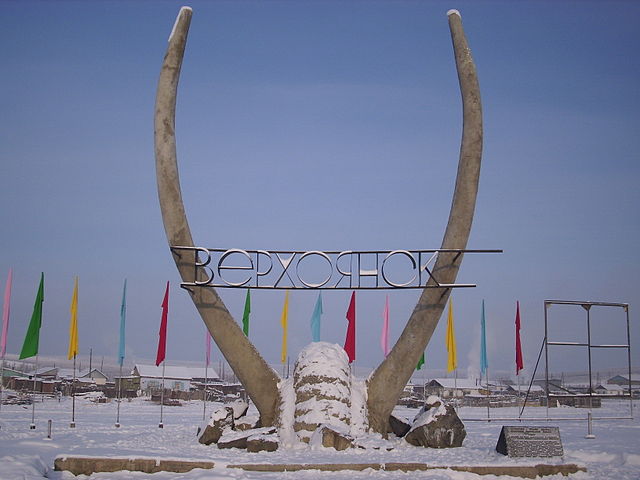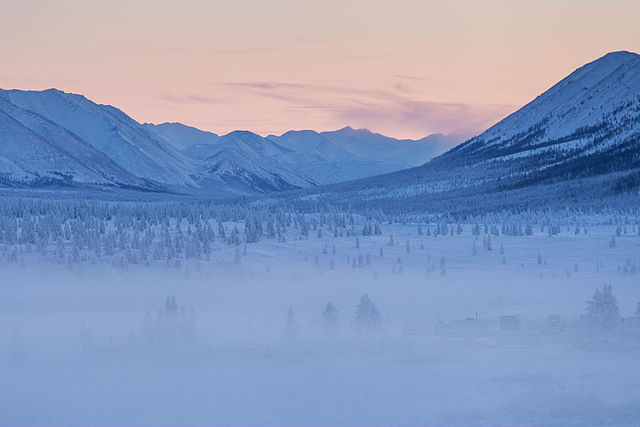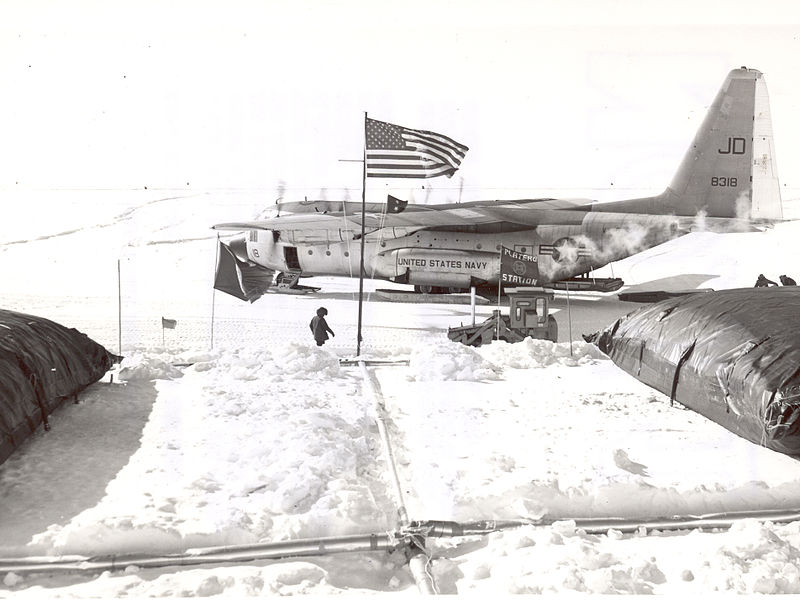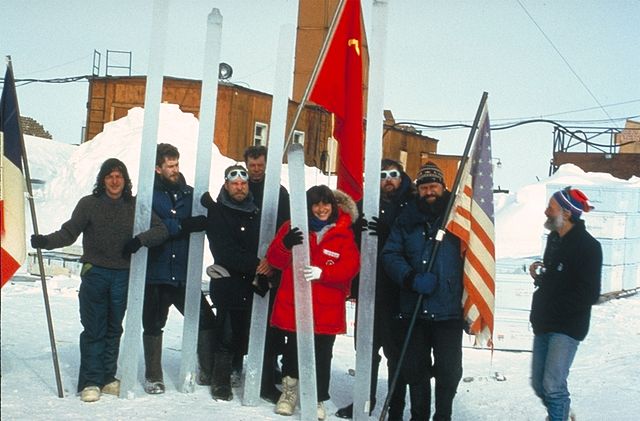The coldest places on our planet that you will never visit
Our planet is a beautiful place thriving with life, but there are many remote spots with unbelievably low temperatures where even surviving can become virtually impossible. There are many ways to classify the most extreme places on Earth, but the simplest method is to start with the temperature. Some of the coldest places in the world are inhabited, while others have no signs of life except stubborn bacteria.
The coldest places on the planet are usually not the ones that people like to visit, but it’s good to know they exist and there is actually someone living amongst the ice and snow.
Verkhoyansk, Russia

Verkhoyansk is known as the place with the most extreme temperature differences from winter to summer. Average winter temperatures are measured to be – 49.7 degrees Fahrenheit, while in the summer the temperatures rise up 61.7 degrees Fahrenheit. Located on the Yana River and close to the Arctic Circle, Verkhoyansk was the coldest place in the northern hemisphere until 1933 when another Russian town reached lower temperatures. The lowest recorded temperature in Verkohayansk was in 1892 when -89.7 degrees Fahrenheit was measured. The town had a population of 1,311 people in 2010, which is an incredibly high number, considering the harsh climate.
Snag, Canada
Snag is a small Canadian village off Alaska Highway, just 16 miles from Beaver Creek in Yukon. The village is located in the valley of the White River, and it was first settled during the Klondike gold rush between 1896 and 1899. It was also the site of a military airfield that closed in 1968. In 1947, the village of Snag had a population of ten and additional airport personnel of fifteen to twenty people. The lowest recorded temperature in Snag was -81.4 F was also in 1947.
Oymyakon, Russia

The Northern Pole of Cold or Oymayakon is a small town on the Ingadirka River in Russia. With a population of 500 people, Oymyakon is a wonder-town because the temperatures here are so painfully low. It’s a real miracle that there are still people living there. The permanently frozen ground is not helping the villagers at all, even though the temperatures are changing over the year, but it’s never warm. The lowest measured temperature in Oymayakon was in 1993 when the local weather station reported it to be 89.9 degrees Fahrenheit. The town is the coldest in the world when we talk about permanently inhabited places.
Plateau Station, Antarctica

Plateau Station is the second coldest place in the world. It’s an inactive American research station on the South Pole, constructed 1965. The coldest month here is July, and the lowest temperature ever was -123.1 degrees Fahrenheit. The station was visited in 2017 by the CoFi expedition, but it was no big success. The only visible building at the base is the meteorological tower, and the scientists say it will be like that for the next 500 years.
Vostok, Antarctica

And here it is as expected, Vostok Station in Antarctica. Vostok is a Russian research station and the coldest place on Earth with the lowest measured temperature of -128.6 degrees Fahrenheit. Vostok is located on the Southern Pole, and it’s a perfect place for observing changes in the magnetosphere of our planet. The station is 11,444 ft. above sea level, and it’s the world’s remotest and most isolated research center. During the summer, the station has 25 scientists living there, while during the winter the number drops to 13.
These are the world’s coldest places that you are very unlikely to visit – unless you become a part of a research expedition.
If you have any comments then please drop us a message on our Outdoor Revival Facebook page
If you have a good story to tell or blog let us know about it on our FB page, we’re also happy for article or review submissions, we’d love to hear from you.
We live in a beautiful world, get out there and enjoy it. Outdoor Revival – Reconnecting us all with the Outdoors.





